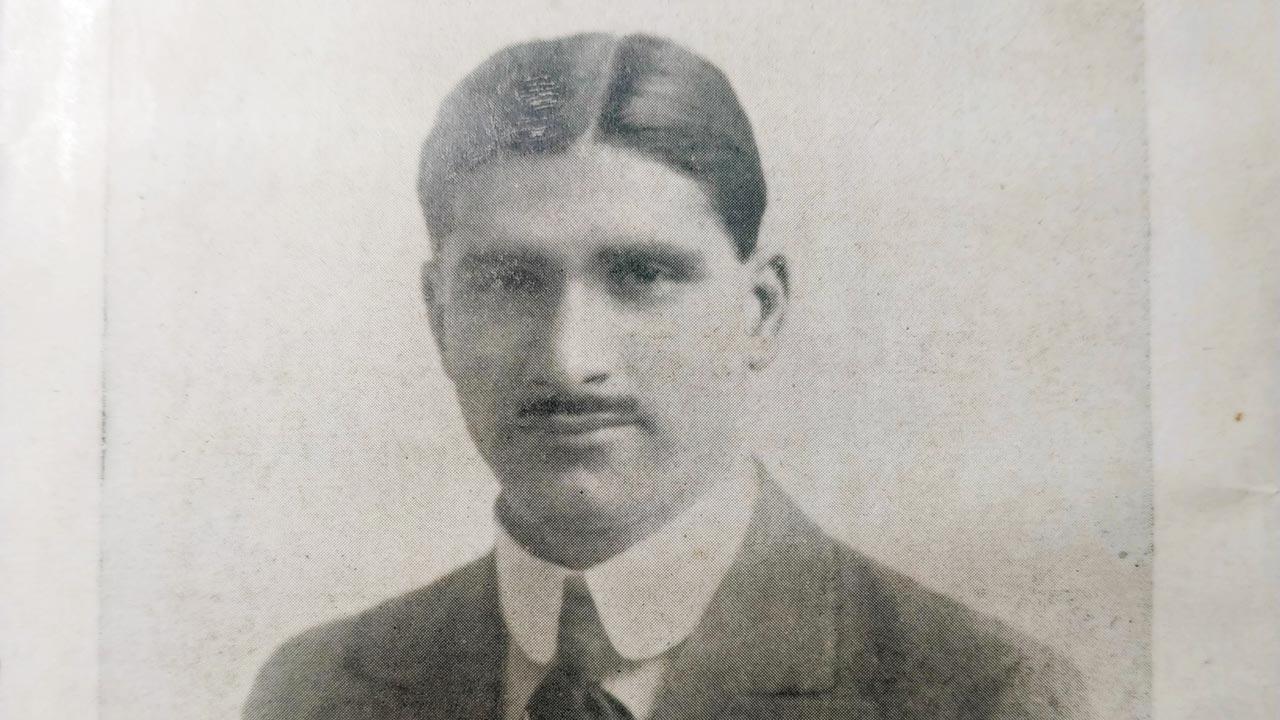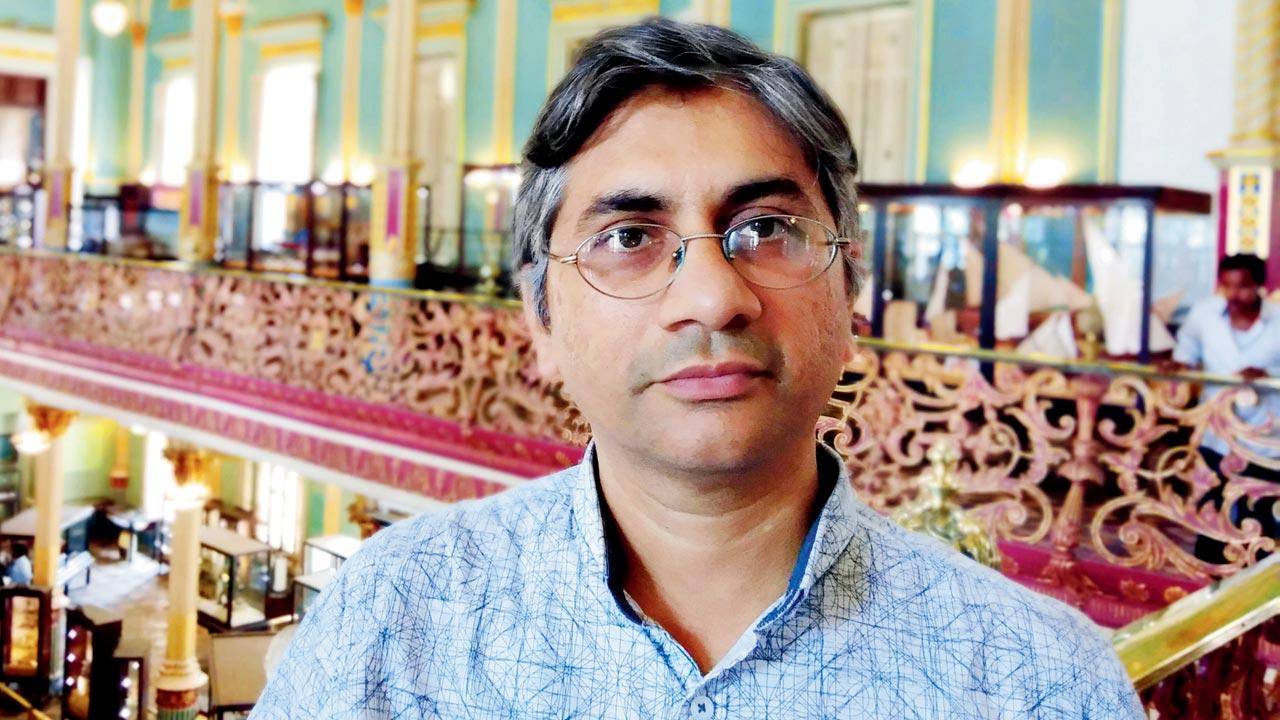Over a century after a young man from Navsari joined the British Army to fight the First World War, a translator unearths a forgotten memoir that revisits his journey

Nariman Karkaria’s essays were first published as a weekly series in the Jam-e-Jamshed after he returned from the war
In 1910, a teenage Parsi boy from Navsari, Gujarat, longed to see the rest of the world. With 50 rupees in his pocket, he made his way to Hong Kong, where he worked till 1914, until news of a world war started creeping in. He travelled to London (passing through China, Manchuria, Siberia, Russia and Scandinavia) reaching in early 1915, and, somehow, managed to register in the British Armed Forces. A century later, a historian and translator in Mumbai was leafing through old books at the KR Cama Oriental Institute, when he stumbled upon a text titled Rangbhoomi par Rakkad. “I thought it would be a story on theatre, since that’s what the first word denotes,” laughs Murali Ranganathan, who eventually discovered it was a war memoir by army veteran Nariman Karkaria. “This is a very rare story, since there are barely any first-hand accounts documenting this time in
Indian history.”
ADVERTISEMENT
This collection of essays were first published as a weekly series in the Jam-e-Jamshed—a weekly newspaper widely circulated at the time in Gujarat and among the Parsi diaspora—after Karkaria returned from the First World War. “This was eventually made into a book, which was truly unique since it was not just a war story, but a travelogue as well… with a lot of humour!” The book is originally written in the Parsi dialect of Gujarati, which has its own nuances. For Ranganathan, who grew up reading several books in the language from the 19th century, translating it didn’t seem like a task. “The language they used in those days was far more complex and pronounced than Nariman’s writings, which are more mainstream. Luckily, he also mentioned English names and terms in several places, which helped a lot.”
The just-released book, The First World War Adventures of Nariman Karkaria (HarperCollins India), spans four-and-a-half years of war. “Karkaria picks the best parts for his stories, abridging most of the messy bits to a bare minimum—there’s a certain Wodehousian-style of wicked humour that runs through the pages. For many war veterans, reliving their time on the front isn’t easy.” While Ranganathan got to know much about this significant time in Karkaria’s life through his work and research on the book, he still feels he doesn’t know his protagonist well enough.
 Murali Ranganathan
Murali Ranganathan
“There’s the character we read in the book, which he has created,” he says. “He seems like a thoroughly boisterous man, who’s up for attention and adventure all the time. He likes to get into trouble while maintaining a stiff upper lip. The story and world around him feels like an action movie—it’s the image he clearly wants to portray. He’s a character in his own story. Perhaps this was what he was like to a certain extent, but I wouldn’t bet my money on him being just that.”
Ranganathan compares Karkaria to poets writing Urdu ghazals; they write traumatic tales, but live a fairly normal, happy life. “He obviously saw very hard times. It’s impossible to believe he fought a war on three fronts and came out without a single scratch, as he’d like the reader to believe. But, the thing to marvel at is how he had the courage to look back at this time with wit, humour and an astonishing sense of resilience.”
The most fascinating part of the book is Karkaria’s journey from Beijing to London over a span of eight weeks on the Trans-Siberian Railway, which had just been built a few years before. “Travelling from the farthest point in the East, through a large part of Asia and Europe, talking about places and their goings-on and troubles… a lot of this is still relevant and goes on even today. His narration is also fast-paced, and he maintains the tempo through each chapter; it doesn’t give the reader a chance to stop anywhere! The intricate details he recalls simply through memory was what captivated me,” Ranganathan exclaims. He also notes that through all of Karkaria’s boisterousness and comic storytelling, one has to note his knack for working hard. “This is probably why he could survive through those years, do so much, and come back and write this down in such a detailed manner.”
There’s another book titled Iranbhoomi par Rakhad, where Karkaria documents his time travelling through Iran. A slower-paced read, he travels through the country that’s symbolic to him and his roots, on the back of a donkey. “At the time, there were no railways or motor-able roads there, and automobiles were just being invented. His experiences in Iran as a Parsi and a military man tell another rollicking story again. Since it was published in 1925, it would be interesting to do so again a century later three years from now,” Ranganathan hopes for the next book’s future.
 Subscribe today by clicking the link and stay updated with the latest news!" Click here!
Subscribe today by clicking the link and stay updated with the latest news!" Click here!







